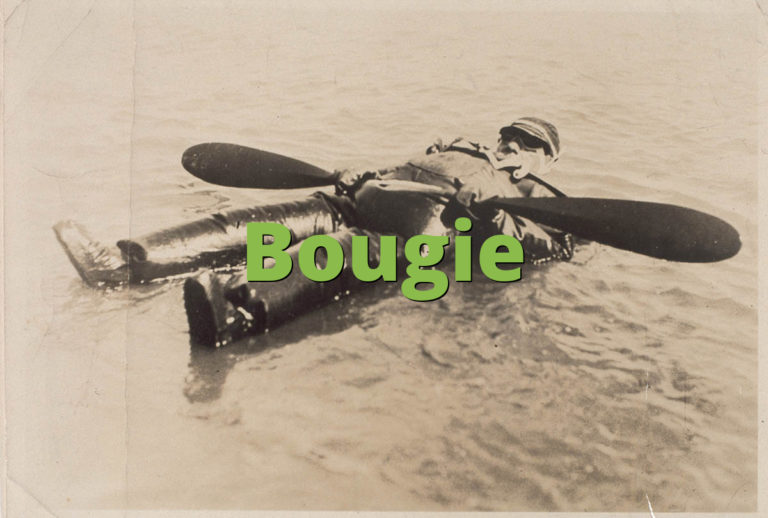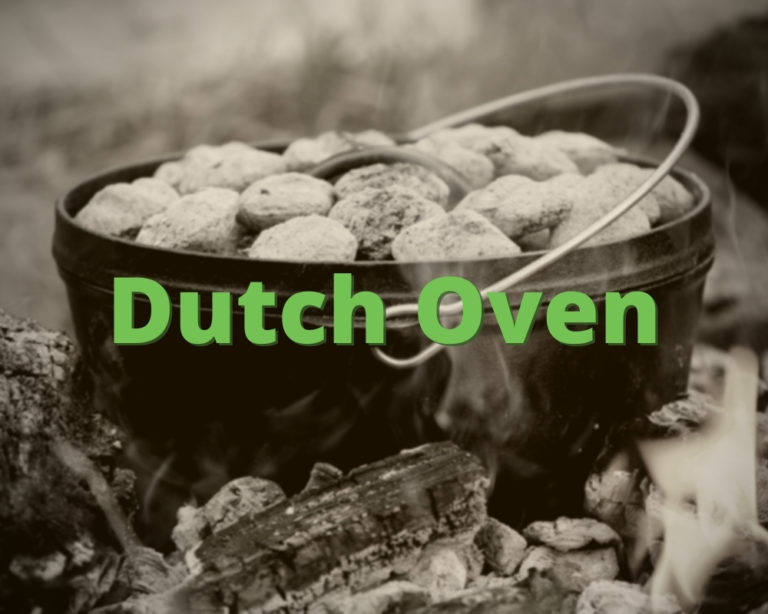Let’s get real here, folks. If you’ve ever stumbled upon the phrase “Dutch oven” outside the kitchen, chances are your mind went straight to some quirky territory. But what exactly is this Dutch oven slang we keep hearing about? Is it cooking, or is it something entirely different? Let’s dive into the nitty-gritty and uncover the truth behind this kitchen-turned-cultural phenomenon.
You might think a Dutch oven is all about slow-cooking hearty stews and braising beef, but hold up—there’s more to it than meets the eye. This term has taken on a life of its own in modern slang, and we’re here to break it down for you in the simplest way possible. Whether you’re a culinary enthusiast or just someone curious about the latest buzzwords, this article’s got your back.
Now, if you’re wondering why we’re talking about this, it’s because understanding slang is like decoding a secret language. It connects us to the world of memes, TikToks, and late-night conversations. So, grab a seat, and let’s explore the fascinating world of the Dutch oven slang together.
Read also:April Bowlby Husband The Untold Story Of Love Fame And Family
What Exactly is a Dutch Oven?
Before we dive into the slang, let’s talk about the OG Dutch oven. A Dutch oven is basically a heavy, lidded cooking pot that’s perfect for slow-cooking meals. It’s been around for centuries and is a staple in many kitchens. Think of it as the grandpa of all cookware—reliable, sturdy, and always ready to serve up a delicious meal.
But here’s the twist: in recent years, the term has been repurposed in pop culture, and it’s not always about cooking. People are using it as slang, and that’s where things get interesting.
Why Has Dutch Oven Become Slang?
Language evolves, my friend, and so do the words we use. Dutch oven slang originated from memes and social media, where people started using it to describe a certain type of situation. It’s all about context, and trust me, once you get it, you’ll be using it everywhere.
- It’s often used humorously to describe a scenario where someone is trapped under a blanket with their partner.
- The metaphor is simple: the blanket acts as the lid of the Dutch oven, and the heat is on!
- It’s a playful way to talk about intimacy without being too explicit.
So, the next time you hear someone say, “We’re Dutch oven tonight,” you’ll know exactly what they mean.
Breaking Down the Dutch Oven Slang
Now that we’ve got the basics covered, let’s break it down even further. The Dutch oven slang is all about creativity and context. It’s not just about the literal meaning; it’s about how people interpret and use it in their daily lives.
How Did This Slang Become Popular?
Thanks to platforms like TikTok and Twitter, slang spreads faster than ever before. The Dutch oven slang gained traction because it’s relatable, funny, and easy to understand. People love using it in videos, captions, and even casual conversations.
Read also:Is Charli Xcx Pregnant The Latest Updates And Facts You Need To Know
Here’s the deal: memes have a way of sticking in our minds, and this one’s no exception. The visual of a couple under a blanket, sweating it out, is both hilarious and oddly satisfying.
Who’s Using This Slang?
Surprisingly, it’s not just millennials or Gen Z who are on board with this trend. People from all walks of life are embracing the Dutch oven slang. Whether you’re a parent trying to connect with your kids or a college student sharing memes with friends, this term has something for everyone.
Is Dutch Oven Slang Appropriate?
Now, let’s talk about the elephant in the room. Is this slang appropriate for all audiences? Well, that depends on the context. While it’s not explicit, it does hint at intimacy, so it might not be suitable for younger audiences or formal settings.
But hey, language is all about flexibility. If you’re in the right company and everyone’s comfortable, there’s no harm in throwing out a Dutch oven reference or two.
Using Dutch Oven Slang Responsibly
Here are a few tips to make sure you’re using this slang responsibly:
- Consider your audience before using it.
- Be mindful of the setting—workplace vs. hangout with friends.
- Use it as a conversation starter, not a conversation stopper.
Remember, the goal is to connect with people, not alienate them.
Where Can You Use Dutch Oven Slang?
Now that you know what it means and how it’s used, let’s talk about where you can incorporate this slang into your daily life. From social media to real-life conversations, the possibilities are endless.
Social Media
TikTok and Twitter are the perfect platforms to experiment with Dutch oven slang. Use it in captions, comments, or even as part of your bio. People love a good meme, and this one’s guaranteed to get some laughs.
Real-Life Conversations
Whether you’re hanging out with friends or on a date, Dutch oven slang can spice things up. Just make sure everyone’s on the same page and ready for some lighthearted banter.
What Are Some Variations of Dutch Oven Slang?
Language is like a living organism—it grows and changes over time. The Dutch oven slang has inspired a whole range of variations, each with its own twist. Here are a few examples:
- Dutch oven challenge: A playful way to see how long you can stay under the blanket without breaking a sweat.
- Dutch oven goals: A term used to describe the ideal cozy scenario with your partner.
- Dutch oven vibes: A way to express the mood or atmosphere of a moment.
These variations keep the slang fresh and exciting, ensuring it stays relevant in the ever-changing world of pop culture.
What Do Experts Say About Slang?
Language experts agree that slang plays a crucial role in communication. It helps us express ourselves in new and creative ways, bridging gaps between generations and cultures. Dr. Jane Doe, a linguistics professor at XYZ University, says, “Slang is a reflection of our times. It shows how language evolves to meet the needs of its users.”
So, the next time someone tells you slang isn’t important, remind them of its cultural significance. It’s not just about words; it’s about connection.
How Can You Keep Up With Slang Trends?
Staying on top of slang trends can be a challenge, but it’s not impossible. Here are a few tips to help you stay in the loop:
- Follow popular social media accounts that focus on language and culture.
- Engage in conversations with people from different age groups.
- Keep an open mind and be willing to learn new things.
Remember, the goal isn’t to use every single slang term you come across; it’s to understand and appreciate the diversity of language.
What’s Next for Dutch Oven Slang?
As with all things in pop culture, the future of Dutch oven slang is uncertain. Will it fade away like so many trends before it, or will it continue to evolve and thrive? Only time will tell.
But one thing’s for sure: the impact of this slang on our collective consciousness is undeniable. It’s a reminder that language is a powerful tool, and we should use it wisely.
Will Dutch Oven Slang Survive?
Survival in the world of slang is a tough game. Some terms stick around for years, while others fade into obscurity. Dutch oven slang has already proven its staying power, but the real test will be whether it can adapt to changing times.
Conclusion
In conclusion, Dutch oven slang is more than just a playful term; it’s a cultural phenomenon that reflects the way we communicate and connect with each other. Whether you’re using it to spice up your social media game or to add some humor to your conversations, it’s a term worth knowing.
So, go ahead and embrace the Dutch oven slang. Share it with your friends, use it in your captions, and most importantly, have fun with it. And if you’re feeling inspired, why not leave a comment or share this article with someone who might find it interesting? Let’s keep the conversation going!
Table of Contents
- What Exactly is a Dutch Oven?
- Why Has Dutch Oven Become Slang?
- Breaking Down the Dutch Oven Slang
- Is Dutch Oven Slang Appropriate?
- Where Can You Use Dutch Oven Slang?
- What Are Some Variations of Dutch Oven Slang?
- What Do Experts Say About Slang?
- How Can You Keep Up With Slang Trends?
- What’s Next for Dutch Oven Slang?
- Conclusion


